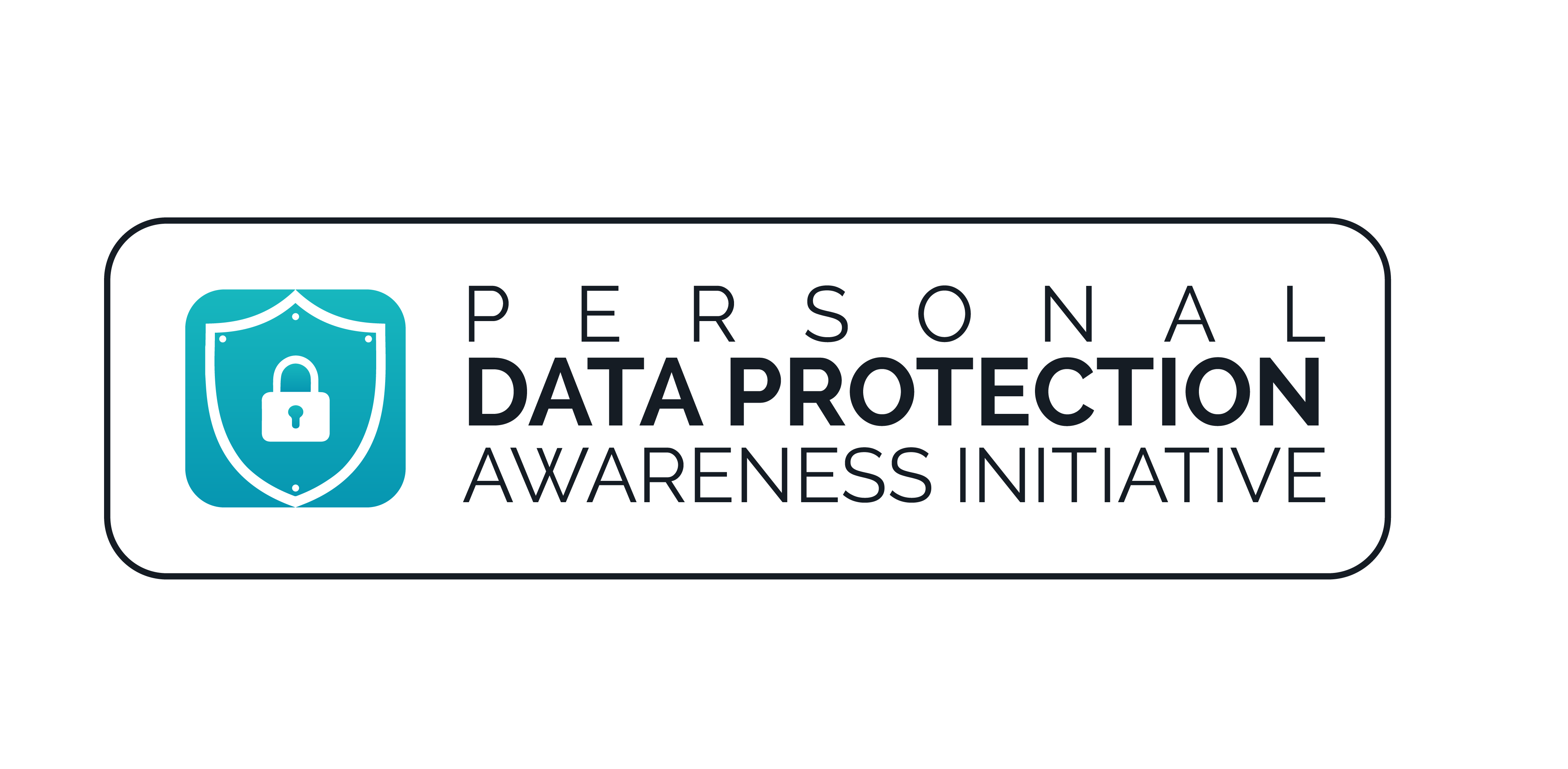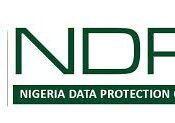
Vulnerability Assessment and Penetration Testing: Protecting Your Business from Cyber Threats
As we recognize October as Cyber Awareness Month, the importance of safeguarding sensitive information takes the centre stage. The alarming rise in data breaches has left organizations that collect and process personal data vulnerable to devastating consequences. Cyber-attacks are growing increasingly sophisticated, putting businesses of all sizes at risk of financial loss, reputational damage, and erosion of customer trust. The stakes are higher than ever, with sensitive personal data – including names, addresses, financial information, and more – being exploited by malicious actors.
Organizations may face significant liability for failing to implement reasonable security measures. Negligence claims may arise when organizations fail to protect sensitive data, and breach notification laws require organizations to notify affected individuals in the event of a breach. Also, Regulatory bodies may impose fines and penalties for non-compliance.
To combat this threat, organizations must prioritize proactive security measures to identify and address vulnerabilities in their security infrastructure. This is particularly crucial for businesses handling personal data, as the consequences of a breach can be catastrophic. Vulnerability assessment and penetration testing emerge as critical components in this fight, enabling organizations to stay afloat of potential threats and protect the valuable data entrusted to them.
Understanding Vulnerability Assessment
Vulnerability assessment is a systematic process of identifying, classifying, and prioritizing vulnerabilities in an organization’s security infrastructure. This process involves identifying potential vulnerabilities in systems, networks, and applications, analyzing the likelihood and potential impact of each vulnerability, and prioritizing remediation efforts based on risk severity. By conducting regular vulnerability assessments, organizations can identify and address potential weaknesses before they can be exploited by malicious actors.
The Role of Penetration Testing
Penetration testing, also known as pen testing or ethical hacking, simulates cyber-attacks on an organization’s computer systems, networks, or web applications. This simulated attack helps evaluate the effectiveness of existing security controls, identify potential entry points for unauthorized access, and test the organization’s incident response capabilities. Penetration testing can be categorized into various types, including network, web application, wireless, and social engineering testing.
Benefits of Vulnerability Assessment and Penetration Testing
The benefits of vulnerability assessment and penetration testing are numerous. These processes improve an organization’s security posture, ensure compliance with regulatory requirements and industry standards, and enable effective risk management. By identifying and addressing vulnerabilities, organizations can prevent potential financial losses from cyber-attacks and enhance their incident response capabilities.
Best Practices for Implementation
Industry standards and compliance requirements also play a critical role in cybersecurity. ISO 27001, an international standard for information security management systems, provides a framework for organizations to manage and protect sensitive data. The Service Organization Control (SOC 2) reporting framework helps organizations demonstrate compliance with industry standards.
To maximize the effectiveness of vulnerability assessment and penetration testing, organizations should adopt best practices. These include conducting regular testing, engaging qualified and experienced professionals, and implementing a risk-based approach to remediation. Additionally, organizations should prioritize continuous security monitoring and provide security awareness training for employees.
Importance of Independence Third-party VAPT
While internal audits are essential, engaging a third-party expert to conduct VAPT is equally crucial. This is because third-party experts bring an unbiased perspective, unencumbered by internal politics or assumptions. They possess advanced knowledge and experience in identifying vulnerabilities and exploiting them, providing a fresh perspective that internal teams may have overlooked. Furthermore, engaging third-party experts demonstrates compliance with regulatory requirements and industry standards, and can be more cost-effective than maintaining an internal team.
Mitigation Solutions
Effective mitigation solutions are crucial to addressing identified vulnerabilities. These solutions include patch management, configuration management, access control measures, encryption, and security awareness training. By implementing these solutions, organizations can significantly enhance their security posture and reduce the risk of cyber-attacks.
Conclusion
In conclusion, vulnerability assessment and penetration testing are critical components of a comprehensive security strategy. By identifying and addressing vulnerabilities, organizations can significantly enhance their security posture, reduce risk, and protect sensitive data. Prioritizing these processes ensures business continuity, protects reputation, and safeguards against financial loss.



